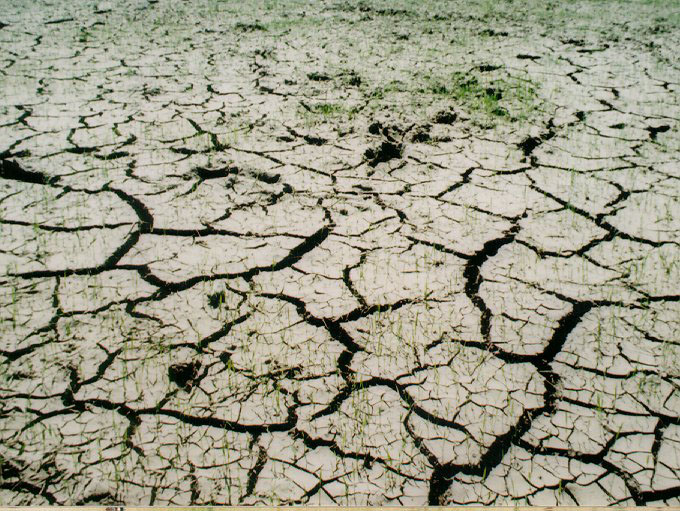
|
||||||||||||||||||||||||||||||||||||||||||
Stress Management :: Drought |
||||||||||||||||||||||||||||||||||||||||||
Effect of Water Stress on Crops In the mesophytes, salinity and sometimes high / low temperature may also induce water stress, even though the soil is not dry. Normally, when water absorption lag behind he water absorption, water deficit often develops in the plant. Some morphological, physiological and biochemical effects water stress on mesophytes are discussed below: A. Morphological changes due to Water Stress: Water stress in relation to Ontogeny: The amount of injury caused by the water stress (WS) depends on the stage of plant development at which it occurs. Generally, the life-cycle of the annual crops is conveniently divided into three distinct phases as:
i. Seed germination and Seedling growth: Under field conditions, seed germination and seedling growth are inhibited by the WS in the soil resulting in the poor stands of the crop.
ii. Vegetative growth: Vegetative growth, in general, and leaf expansion, in particular is severely inhibited by the soil water deficit. Visible injury of WS is seen in the form of wilting. Paleness and dryness of leaves is seen in the drought. Leaf abscission is often noticed due to the accumulation of ABA under drought. Reduced growth is also due to reduction in cell volume and water potential. iii. Reproductive growth: Reproductive phase of the crop is highly sensitive to water stress a. Effect on Cereals:
b. Effects on Pulses: In pulses, WS during flower induction shortens the flowering period and cause flower abortion. But, stress during pod filling reduces the seed number and its weight as in soybean crop.
c. Effect on Cotton: Cotton crop is highly sensitive to water stress between 45 and 60 days after sowing of coinciding with the square and boll formation respectively.
d. Other crops: In fruit crops, Water Stress often causes shedding fruits; the “June Drop” of apples and citrus are the best examples. However, Alvim (1970) reported that coffee tree must be subjected to Water Stress before flowering. This results in profuse flowering and also increases the yield of berries. Earliness in flowering: Extended period of drought causes premature flowering (i.e. earliness in flowering) which results in reduction in yield due to reduced size of pods, seeds, fruits etc. Moisture-sensitive stages (critical periods) of water stress in major crops are listed out the following table: Table. Moisture sensitive (critical) periods of major crops
Beneficial effects of water stress in crops: Water stress is not always injurious to the crops. It sometimes improves the quality of the crop produce. Some of the examples are discussed below:
|
||||||||||||||||||||||||||||||||||||||||||
| © All Rights Reserved. TNAU 2008-2024. |
||||||||||||||||||||||||||||||||||||||||||

